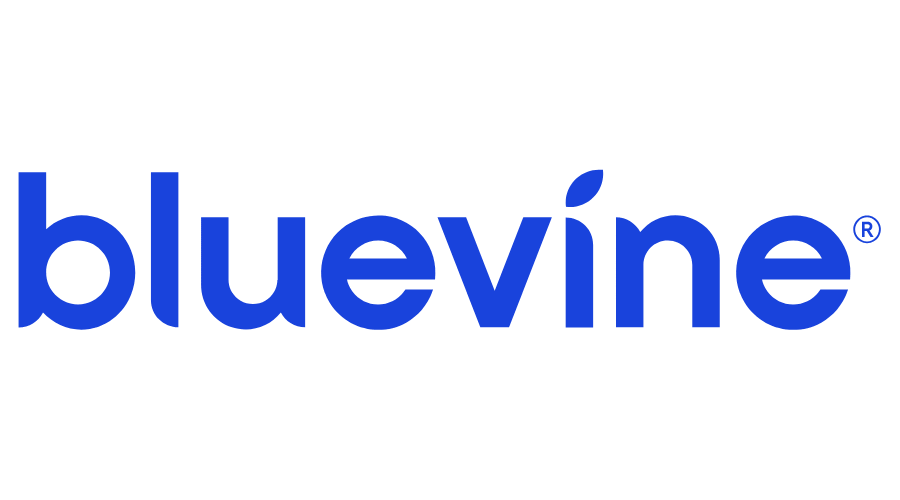Most founders start the same way by bootstrapping with their own savings. And while using personal savings to fund your startup is normal, it’s also risky if you don’t have a plan. You don’t want to burn through your emergency fund just to test an idea. In this blog, I’ll show you how to use your own money to launch your business safely with less risk, more clarity, and smarter decisions. Let’s walk through the step-by-step approach.
Step 1: Set a Personal Cap
The first rule is simple: decide how much you’re willing to spend before you spend it.
Ask yourself:
- What amount can I afford to lose without stressing my rent, bills, or lifestyle?
- How much do I actually need to test this idea?
Most early-stage businesses don’t need $10K to launch. You can validate an idea with $500 to $2,000 if you focus on lean tools and real customer feedback.
Tip: Set a hard limit and stick to it. Treat it like a micro-investment, not a donation.
Step 2: Open a Separate Business Account
Even if you’re solo, you should separate personal and business money from day one.
This helps you:
- Track spending clearly
- Avoid confusion during tax season
- Stay disciplined about how much you’re using
You can use tools like Bluevine, Novo, or Relay.
Key Features
High-Yield Business Checking: Earn 1.5% APY on balances up to $250,000 with the Standard plan when meeting monthly activity requirements. Upgrade to Plus or Premier plans to earn up to 3.7% APY on balances up to $3 million, without activity requirements.
Fee-Free Banking: No monthly fees, overdraft fees, or minimum balance requirements. Enjoy unlimited transactions and free standard ACH transfers.
Digital Tools for Business Management: Access features like mobile check deposit, bill pay, sub-accounts for budgeting, and integration with accounting software like QuickBooks and Xero.
Why We Recommend It
Bluevine offers an online banking solution tailored for small businesses. Its combination of high-interest earnings, minimal fees, and digital tools makes it an attractive option for entrepreneurs seeking efficient financial management.
Pros & Cons
- Competitive interest rates on checking balances
- No monthly or overdraft fees
- User-friendly online and mobile banking platforms
- No physical branch locations for in-person banking needs
- Customer support is not available on weekends

Get $100 when you fund a relay account
Key Features
Multiple Checking Accounts: Open up to 20 individual checking accounts to organize finances for operations, payroll, taxes, and more, facilitating better cash flow management.
Integrated Expense Management: Issue up to 50 physical or virtual debit cards with customizable spending limits, and capture receipts directly within the platform to streamline expense tracking.
Accounting Software Integration: Seamlessly sync transactions with popular accounting tools like QuickBooks Online and Xero, simplifying bookkeeping and financial reporting.
Why We Recommend It
Relay offers a fee-free, online banking solution tailored for small businesses, providing tools that enhance financial clarity and control. Its user-friendly interface and robust features make it an excellent choice for entrepreneurs seeking to manage their finances efficiently.
Pros & Cons
- No monthly fees or minimum balance requirements
- Ability to open multiple checking accounts for detailed budgeting
- Direct integration with major accounting software
- No physical branches; entirely online banking
- Does not support cash deposits
- Advanced features like accounts payable automation require a paid plan
They’re all free business checking accounts with no minimums. Transfer your set budget into this account and only use it for business expenses. That way, you’re not mixing grocery runs with software subscriptions.
Step 3: Build a Budget and a 30-Day Plan
You don’t need a full business plan. You need a 30-day action plan and a lean startup budget.
Start with:
- Domain and hosting: $20–$100
- Website builder (like Carrd, Wix, or Hostinger): $0–$100
- Logo or branding (Canva or Fiverr): $0–$100
- Email marketing (Kit free plan): $0
- Lead magnet or sample offer: free to create
Use your money on tools that move you forward, not on things that make your business look polished but don’t generate traction.
Step 4: Track Every Dollar
Once you start spending, track it. Use a basic spreadsheet or a free tool like Wave or QuickBooks Self-Employed.
Log each expense under simple categories:
- Tools and software
- Marketing and ads
- Services (designers, editors, etc.)
- Business formation or legal fees
- Education (courses, books, subscriptions)
This isn’t just about budgeting. It’s about staying intentional and knowing your exact runway.
Step 5: Protect Your Emergency Fund
This is where a lot of people go wrong. Never use the money you need for rent, health, or living costs.
If you dip into your emergency fund or retirement savings, you’re putting your future stability at risk.
Instead, work with a separate “startup savings” bucket, a buffer you’ve set aside just for launching. And if you need more than what you’ve saved? Pause. Sell a service first to raise capital, or consider tools like PayPal Working Capital, Bluevine, or part-time freelancing while you build.
Step 6: Plan Your Break-Even Point
If you’re using personal money to launch, your first goal is to break even, not profit.
Ask:
“What’s the fastest way to make back what I’ve spent?”
Build your first product or service around this.
Example:
If you spent $1,000 to get started, figure out what offer you can create that generates $1,000 in revenue in the next 30–60 days. This keeps you focused on results, not just building and perfecting behind the scenes.
Step 7: Treat It Like a Loan, Not a Donation
When you use your savings, treat them like your business owes you.
Log the amount you put in as a founder loan or equity contribution. Later, when you start making revenue, you can either:
- Pay yourself back in full
- Convert that into ownership or founder equity (if you raise funding)
This mindset helps you stay serious about generating returns, not just spending without direction.
Final Thoughts
Using personal savings to start a business is one of the simplest paths to freedom, but only if you do it with structure.
Keep it clean:
- Set a cap
- Separate accounts
- Stick to a plan
- Focus on fast validation
- Know when and how you’ll get your money back
You don’t need outside funding to get started. You just need a smart system.


